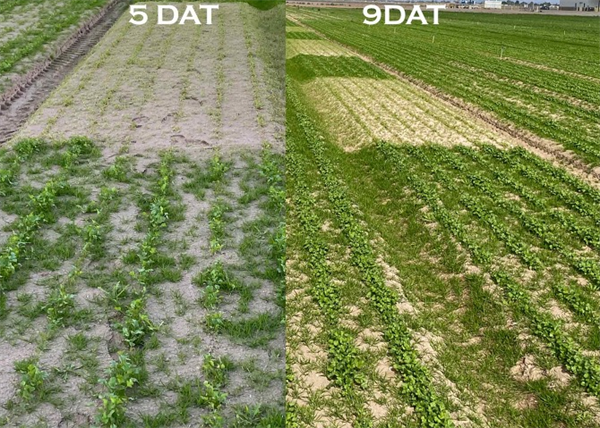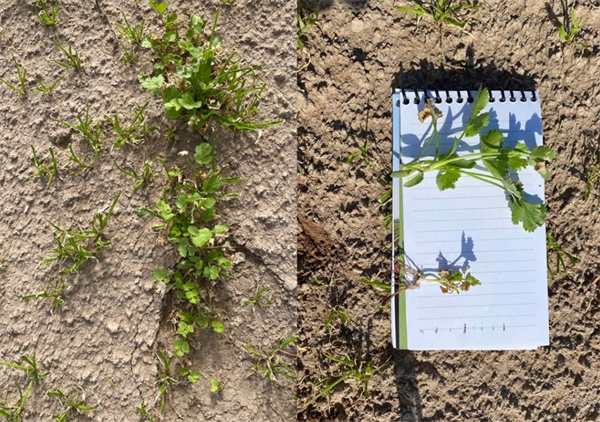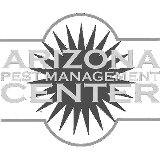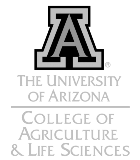Occasionally in organic agriculture, mechanical practices, prevention, and management of natural cycles for weed control could fail. With the limited number of herbicides available in organic production systems any information and data collected can be useful. We established a trial in a celery field with a high infestation of Annual Bluegrass (Poa annua). Our goal was to obtain data from an evaluation of Supress herbicide EC.
This organic herbicide contains Caprylic acid (47%), Capric acid (32%) it’s a post-emergent, non- selective, broad spectrum, non-volatile, and non-systemic. The idea was to test the efficacy is in controlling annual bluegrass and celery’s tolerance to it.
- Supress+Biolink (9%+2qt/100gal)
- Supress+Biolink (18%+2qt/100gal)
- UTC
Plots consisted of one 80” bed 30ft long replicated four times with 6 seed lines, and the test was established in a randomized complete block design with four replications. A CO2 backpack with a 4 flat fan nozzle boom spaced at 20” was used delivering 20 gallons/acre. The application was done December 28, 2022 with grass at ~10 leaves.

Figure 1. View of the plots at 5 and 9 days after caprylic acid application.

Figure 2. Difference in celery size nine days after application
The low rate of Supress (9%) did not control the grass causing only minor temporary symptoms. At the 5-day evaluation it appeared like the grass and cilantro wouldn’t survive the 2x rate. In the 9-day evaluation the grass and cilantro were recovering.
In this test annual bluegrass at 10-12 leaves was not fully controlled with 9% and 18% solution of Suppress. Although reduced in size the crop and the grass both recovered from this non-selective herbicide. Could this product be used in this crop to control a more susceptible weed at a lower rate? Let us know what you think and if we can be of help putting some test plots.





